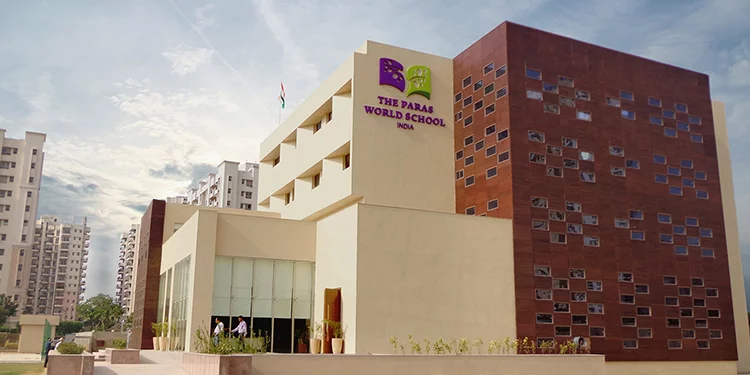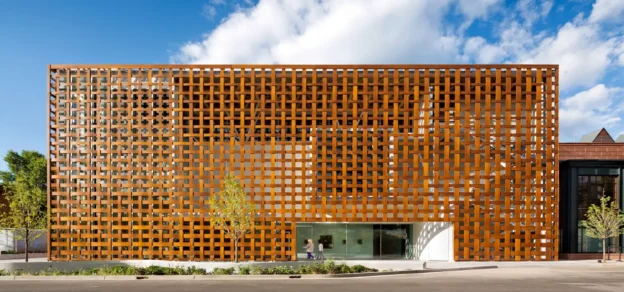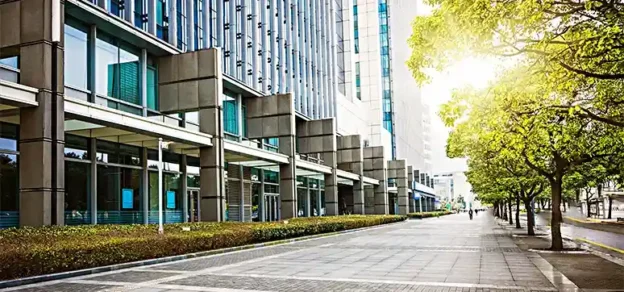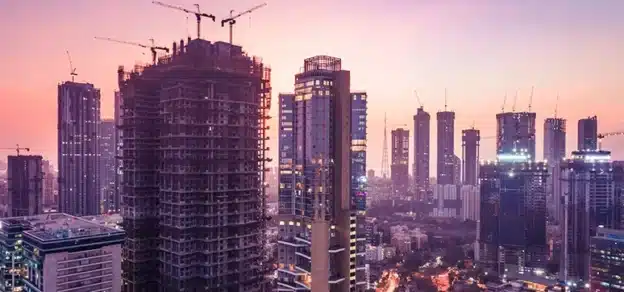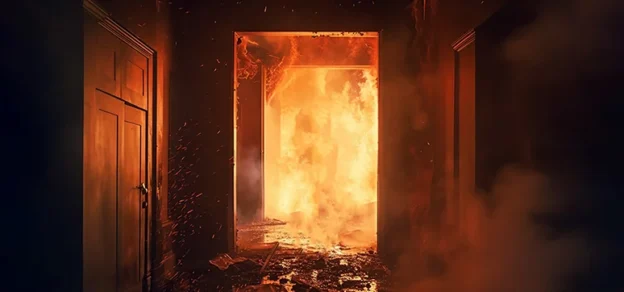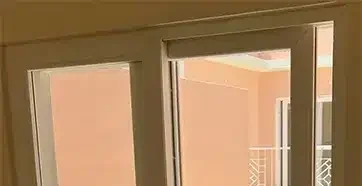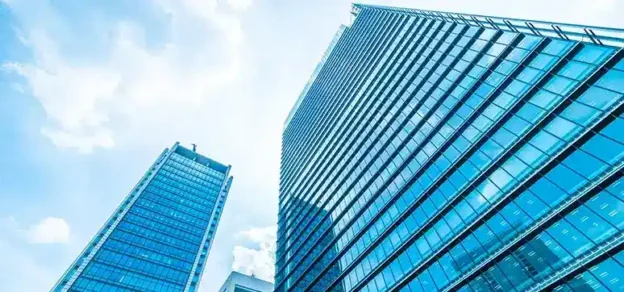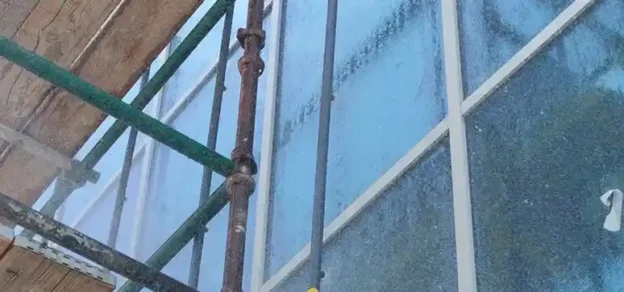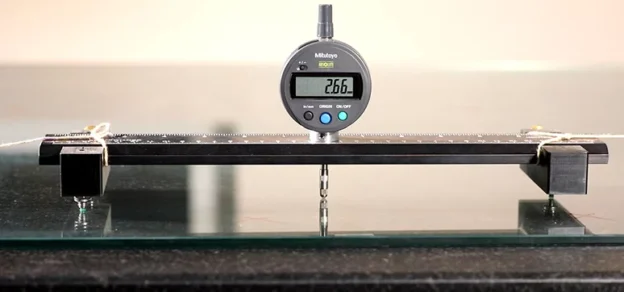Excerpts from the discussion:
M: As a visionary for any project, can you give us a broad overview of measures that you, as an architect, would take to ensure a safe and secure building from the inception to completion?
AKB: Each project’s space planning is specific to its requirements. We derive a structural system in consultation with the structural consultant and incorporate structural members accordingly at this stage. Additionally, we also bring in the structural engineer during the course of design and elevation development. Each project has to be designed as per the code and soil conditions. We are conscious in terms of drawings and detailing, including the coordination at site, to make sure it is safe, right from inception to the completion.
M: Is it a given that codes such as IS 1893 Part 1, shall be followed for every building facade ? Is following the code sufficient to guarantee a healthy lifecycle including surviving the earthquake? If ‘yes’ then why is there a fear? If ‘No’ then what else constitutes to the health and safety of buildings?
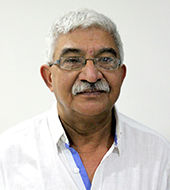
AKB: This code was revised in 2002 after the Bhuj Earthquake and made more stringent. In case an earthquake of that magnitude was to hit Delhi today, most of the structures designed at the time prior to 2002 will be at a greater risk.
I am also worried about unauthorised constructions all across Delhi. They include plots sizes of 25 – 35 square yards, columns in four corners, with inadequate reinforcement (four bars of 10 or 12mm) with footings not more than 2 feet by 2 feet, up to 5 stories high – unrelated to any structural analysis.
In the organised sector, the older houses constructed soon after partition times were built to a certain family’s requirements. These have been subjected to generational changes without any thought of structural stability and thus, are at risk.
TK: Within what is considered to be organised as well – DDA flats for example, extensions have been made, and rooms have been altered without structural consultation.
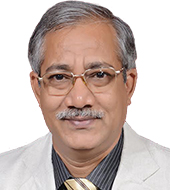
AKB: Within organised construction, there are issues with onsite execution. For example, several contractors only read the drawing of a particular slab once we reach that slab, without any provision for anchor bars to go into the column. The structural engineer then suggests an alternate detail as a compromise. Many contractors are not conscious about delivering quality work.
M: Getting specific to structural facades, are there any codes that are being followed for earthquake resistance or stability? If not, what are the principles followed by the organised building façade industry?
TK: The existing codes are for civil structures. The Indian code for non-structural members is under creation-IS 1893 (non-structural) by Dr Jain from IIT Gandhinagar.
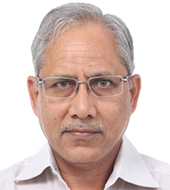
PK: The façade, being a secondary structure, does not take the earthquake shock on its own. These are transferred via the main structural members. The maximum horizontal forces which the main structure can be subjected to (as per the zone) are calculated, based on which further force transfer details for the façade are worked upon. Conceptually, the skin should also slide along with the sliding civil structure during an earthquake without any breakage.
TK: To cite examples from our completed semi-unitised facades at Orris Floreal Tower (Fig. 1) and Gail Jubilee Tower (Fig. 2) – there are three layers of connections that cater to the movement in all three dimensions. Firstly, the fixing system of the facade brackets to the civil work; Secondly, the internal joinery of the façade system, where various members of the basic structure of the facade join with each other; and thirdly – the joinery of the infill panel.
A part of the movement arising due to the earthquake is absorbed by the bracket itself. For Delhi (Zone IV), 10-15mm per floor of 4 meters is the maximum expected displacement. In addition, a safety factor of 4-5 times (stated in the proposed code 1893 for non-structural entities) is provided for i.e. 50mm. Within this approximately 25mm or 50 per cent is accounted for by the bracket itself. Hence, realistically, all the displacement is captured at the brackets. However, further provisions are also made in the joinery (transom and mullions) of the façade and the joinery detail of the infill (glass or ACP). It is a multi-tier process, where at every layer, the shock reduction is compounded.
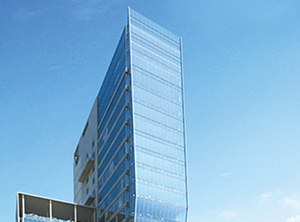
AKB: However, projects don’t always have the luxury of an organised engineering agency specialising in building facades. In such scenarios, it is the architect’s endeavour to borrow the principles of load transfer and movement dissipation as mentioned above. Taking cues from our recently completed projects, Marketels Head Office (Fig. 3) and Paras World School (Fig. 4), where only the primary members were joined to the civil structure. Here, every connection (at all three layers) was either pinned or hinged, allowing for the required dissipation.
AKB: In Paras School (Fig. 5), 70 per cent of the façade area has a skin – primarily MS tubes fastened at every floor intermediately – the framework for internal and external fibre concrete panels and insulation. The cantilever in the civil structure was designed to take that sort of a load. The moment there are earthquake vibrations and the building sways, the skin is supposed to sway along with it. It does not resist it, so it’s safe.
M: Can the skin in any scenario either contribute to earthquake resistance of a building or have a negative impact.
TK: Neither – As mentioned, since it is it is mounted on the main structure, the skin will mimic its behaviour.
M: Hypothetically, an earthquake hits two buildings, one has larger glass panels and lesser joineries. The second has larger number joineries and relatively smaller panels. Based on the principles just shared, is it safe to assume that the façade on building 2 is more likely to absorb the horizontal forces?
PK: Yes, but generalization is difficult because each scenario shall be engineered with its own constraints.
AKB: In the wake of the above discussion, I would like to point out if the facade system can account for the maximum wind forces, it will definitely account for earthquake forces.
PK: Considering Delhi, the forces exerted by the wind are always going to be much higher than that exerted by an earthquake. To state specifically, facades are designed for wind speeds up till 150 km/hr with an additional safety margin, thus almost 200-220 km/hr; (designing for 170kgs/sq m)
M: But these wind loads are only relevant after a particular height?
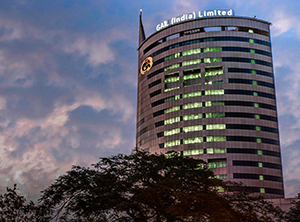
TK: As per the National Building Code, as you go higher you keep on adding a factor of horizontal load impact. Up to 25m, nothing is added. Beyond 45m, you have to follow another factor.
PK: The ground zero problem is the unorganised sector where the awareness of the above principles isn’t there – hence they may not be implemented at the design stage or supervised at the execution stage.
About the Speakers:
Arun K Bij is the Principal Architect of Design Plus. With more than 30 years of national and international experience in Architecture, Planning and Construction, he has designed and executed projects of varying scales, details and regions. Apart from heading Design Plus, ArunBij, has been an advisor to several Public and Private Setups such as Northern Railways, Educomp Solutions, DLF Universal, Ansal Properties.
Tarun Khamesra is a mechanical engineer from IIT Roorkee (1987). Right after his engineering education was over he was invited to join the Board of Specialities Aluminium Grills Private Limited a start-up manufacturing venture promoted by his brother for manufacture of Aluminium Grills. Since then he has been associated with the company as a director and co-promoter. Over the course of time the company has diversified into a light engineering contracting company specializing in building facades.
Prem Khamesra is a Director at Specialities Aluminium Grills Private Limited. He is also the co-promoter and Director of Savanna Trading and Development Company Ltd, floated for trade of quality manufactured products from India in African nations.
